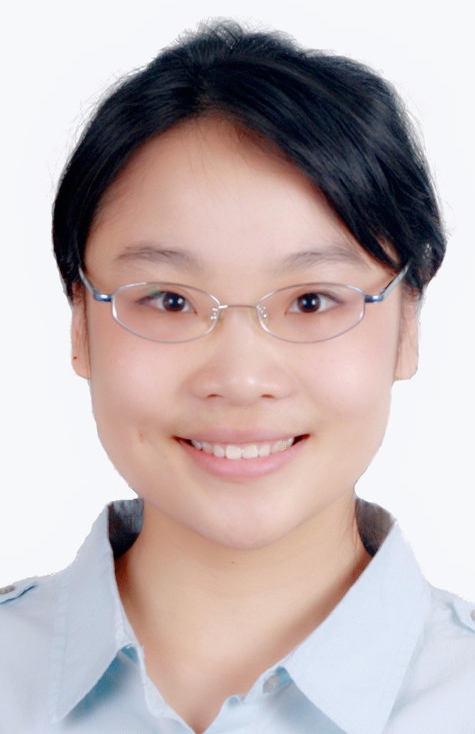
Dissertation Defense
Low Temperature Plasma Etching Control through Ion Energy Angular Distribution and 3-Dimensional Profile Simulation
Add to Google Calendar

Plasma etching has become a major part of semiconductor processing because it enables the production of smaller electronics with increased computational power. Plasma etching produces highly anisotropic features, which are needed to maintain feature size critical dimensions (CD) through directional ion wafer bombardment. As the semiconductor industry moves towards smaller feature sizes and higher aspect ratios, a better understanding of ion dynamics and control of the plasma etch processes becomes increasingly necessary. In prior technology nodes, 2-dimensional (2-d) feature profile models served very well to help optimize features and connect reactor scale properties to feature scale CDs. As CDs continue to shrink, the current technology nodes must utilize 3-dimensional (3-d) structures, whose optimization is considerably more difficult and not well represented by 2-d profile simulators.
This dissertation investigated the plasma physics and plasma surface interactions in plasma etching chambers using a hybrid plasma equipment model to predict plasma properties and a Monte Carlo feature profile model to predict feature evolution. Algorithms for capturing ion sheath dynamics, controlling dual frequency powers on the same substrate and describing 3-d plasma surface kinetics have been developed and integrated into the models. With the addition of these new algorithms, three challenging areas have been investigated: ion multi-frequency sheath dynamics, control of ion energy angular distributions and 3-d plasma etching. The ion kinetics are found to be controlled through several critical parameters, such as shifting phases, tuning frequencies, and adjusting rf voltage ratios. The 3-d profile model addresses the complex feature pattern layout and aids in the physical understanding of ion 3-d bombardment on surfaces. With this improved capability, correlations of the variability of plasma tool performance with variability of feature dimensions are investigated.
 MENU
MENU 
